Cupcakes are a delightful dessert everyone loves. Still, if you’re following a gluten-free diet, you may think that fluffy, moist cupcakes are off-limits. The good news is that gluten free cupcakes are possible and can be just as delicious as their gluten-filled counterparts! Whether you have celiac disease, gluten sensitivity, or simply want to avoid gluten, this article will guide you through everything you need to know about making and enjoying gluten-free cupcakes.
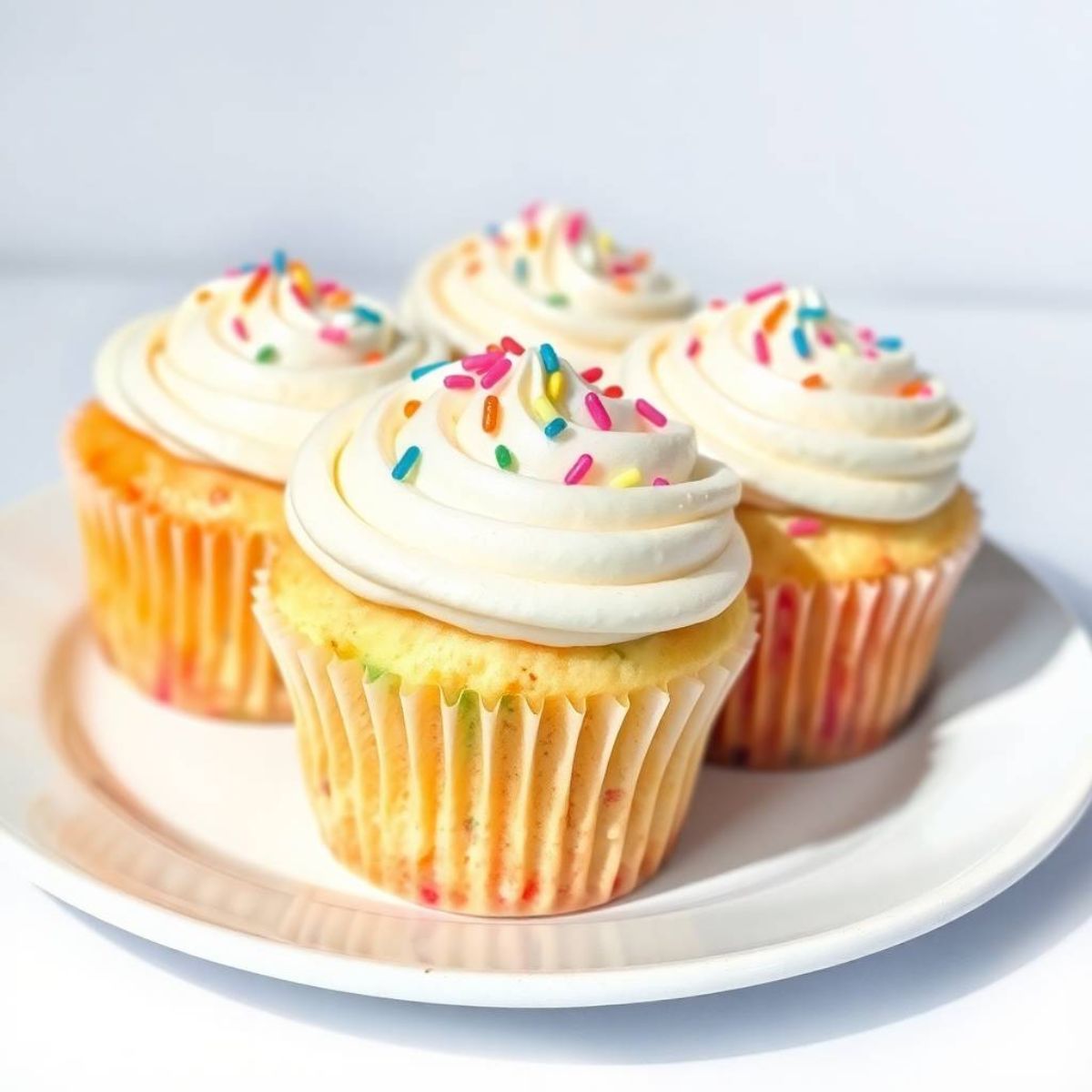
Jump to:
What Makes Cupcakes Gluten-Free?
Traditional cupcakes are made using wheat flour, which contains gluten—a protein that gives baked goods structure and elasticity. However, for those who cannot tolerate gluten, this poses a problem. Gluten free cupcakes are made by substituting wheat flour with gluten-free alternatives like almond flour, rice flour, oat flour, or gluten-free all-purpose flour blends. Moreover, these substitutions enable you to craft light, airy, and delicious cupcakes while completely avoiding the risk of gluten exposure.
Gluten-Free Flour Options for Cupcakes
The key to making perfect gf cupcakes lies in selecting the right flour. Additionally, here are some of the most common gluten-free flour options you can use:
1. Gluten-Free All-Purpose Flour
This is the easiest and most convenient option for gluten-free baking. Additionally, most gluten-free all-purpose flours are blends of rice flour, tapioca starch, potato starch, and other gluten-free ingredients specifically designed to replicate the texture of wheat flour.Brands like Bob’s Red Mill and King Arthur make excellent gluten-free flour blends that work well in cupcake recipes.
2. Almond Flour
Almond flour, which is made from finely ground almonds, provides a rich, slightly nutty flavor to cupcakes. Furthermore, it’s naturally gluten-free and can be used alone or combined with other gluten-free flours to enhance moisture and texture.
3. Coconut Flour
Coconut flour is a high-fiber, low-carb alternative that’s also gluten-free. However, it’s highly absorbent and best used in small quantities or mixed with other gluten-free flours to prevent dryness.
4. Oat Flour
Oat flour is made from ground oats, adding a hearty texture and mild sweetness to cupcakes. If using oat flour, make sure it’s labeled gluten-free, as oats are often processed in facilities that also handle wheat, leading to cross-contamination.
The Importance of Xanthan Gum in Gluten-Free Baking
One of the challenges in gluten-free baking is compensating for the lack of gluten's binding properties, which provide structure to baked goods. To address this, xanthan gum or guar gum can be added. These binders trap air and contribute to a light and fluffy texture in gluten-free cupcakes, making them more appealing. Many gluten-free flour blends already contain xanthan gum. Still, if you’re using flour that doesn’t, you’ll need to add it separately—typically about 1/4 teaspoon per cup.
How to Make Gluten Free Cupcakes Moist and Fluffy
One of the common concerns with gluten-free baking is dryness. Gluten-free flour can absorb more moisture than wheat flour, resulting in dry or crumbly cupcakes. Here are some tips to keep your gluten free cupcakes moist and fluffy:
- Use extra moisture: Ingredients like applesauce, yogurt, or buttermilk can add moisture to gf cupcakes and prevent drying.
- Don’t overmix: Overmixing can cause gluten-free batters to become dense. Mix just until combined to keep your cupcakes light and airy.
- Add an extra egg: Eggs play a crucial role in providing structure and moisture to gf cupcakes. Moreover, adding an extra egg to the batter can enhance the texture and crumb, resulting in softer and more cohesive cupcakes.
- Use oil instead of butter: While butter adds flavor, oil can keep your cupcakes moist longer.
Gluten-Free Cupcake Recipes
Here are two delicious gluten-free cupcake recipes you can try at home. Whether you want something classic or more indulgent, these recipes will satisfy your sweet tooth.
Gluten-Free Vanilla Cupcakes

Ingredients:
- 1 1/2 cups gluten-free all-purpose flour
- 1/2 teaspoon xanthan gum (if not already in flour)
- One teaspoon of baking powder
- 1/4 teaspoon baking soda
- 1/2 teaspoon salt
- 1/2 cup vegetable oil
- 1 cup sugar
- Two large eggs
- Two teaspoons of vanilla extract
- 1/2 cup milk (or dairy-free milk)
Instructions:
- Preheat the oven to 350°F (175°C) and line a cupcake pan with paper liners.
- Next, whisk together the gluten-free flour, xanthan gum (if using), baking powder, baking soda, and salt in a medium bowl to ensure even distribution of the dry ingredients.
- In a large bowl, whisk together the oil and sugar until smooth. Add the eggs, one at a time, and then stir in the vanilla extract.
- Gradually add the dry and wet ingredients, alternating with the milk. Mix until just combined.
- Divide the batter evenly among the cupcake liners and bake for 18-20 minutes until a toothpick inserted into the center comes clean.
- Allow the cupcakes to cool completely before frosting.
Gluten-Free Chocolate Cupcakes

Ingredients:
- 1 1/4 cups gluten-free all-purpose flour
- 1/2 teaspoon xanthan gum (if not already in flour)
- 1/2 cup unsweetened cocoa powder
- One teaspoon of baking soda
- 1/2 teaspoon salt
- 1 cup sugar
- 1/2 cup vegetable oil
- Two large eggs
- One teaspoon of vanilla extract
- 1 cup buttermilk (or dairy-free milk)
Instructions:
- Preheat the oven to 350°F (175°C) and line a cupcake pan with paper liners.
- Whisk together the gluten-free flour, xanthan gum (if using), cocoa powder, baking soda, and salt in a medium bowl.
- Mix the sugar, oil, eggs, and vanilla extract in a large bowl until smooth.
- Mix the dry ingredients and buttermilk with the wet ingredients until combined.
- Pour the batter into the prepared cupcake liners and bake for 20-22 minutes, or until a toothpick inserted comes out clean.
- Let the cupcakes cool completely before frosting with your favorite gluten-free frosting.
Frosting Options for Gluten Free Cupcakes
Many store-bought frostings are gluten-free, but it’s always best to double-check the ingredients list for any hidden sources of gluten. For a homemade option, here are two classic gluten-free frostings you can make at home:
Classic Buttercream Frosting
- 1 cup unsalted butter, softened
- 3-4 cups powdered sugar
- 1-2 teaspoons vanilla extract
- 2-3 tablespoons milk (or dairy-free milk)
Beat the butter until smooth and creamy. Gradually add the powdered sugar, alternating with milk, until the desired consistency is reached. Stir in the vanilla extract.
Chocolate Frosting
- 1/2 cup unsalted butter, softened
- 1/4 cup cocoa powder
- 2-3 cups powdered sugar
- 1/4 cup milk (or dairy-free milk)
- One teaspoon of vanilla extract
Mix the butter and cocoa powder. Slowly add the powdered sugar, alternating with milk, until smooth. Stir in the vanilla extract.
Conclusion
Gluten-free cupcakes don’t have to be difficult to make or enjoy. Furthermore, with the right flour choices, a few extra tips to keep them moist, and the addition of delicious frostings, you can bake gf cupcakes that taste just as incredible as traditional ones. Whether celebrating a birthday, hosting a party, or craving something sweet, these gluten-free cupcakes will impress.
FAQs
Regular flour contains gluten, so you must use a gluten-free blend or alternatives like almond or coconut flour.
To keep gluten-free cupcakes moist, incorporate ingredients like applesauce, oil, or yogurt into the batter. Additionally, be careful not to overmix, as this can lead to a denser texture. These simple steps will ensure soft and delicious cupcakes!
Yes, you can freeze gluten-free cupcakes. To do so, wrap each cupcake individually in plastic wrap, place them in a freezer-safe container, and store them in the freezer for up to 3 months. Additionally, thaw them at room temperature when ready to enjoy.
Gluten-free cupcakes taste similar to regular cupcakes, especially when using an excellent gluten-free flour blend and following proper baking techniques.
Many frostings are naturally gluten-free, especially those made with butter, powdered sugar, and milk. However, always check store-bought frostings for hidden gluten ingredients.

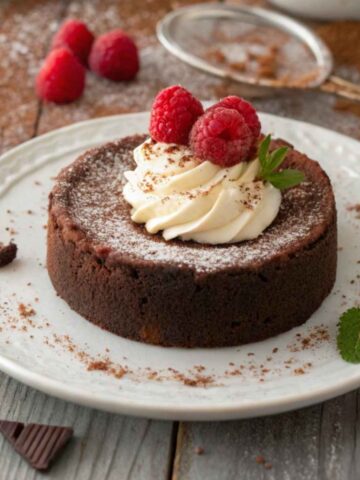
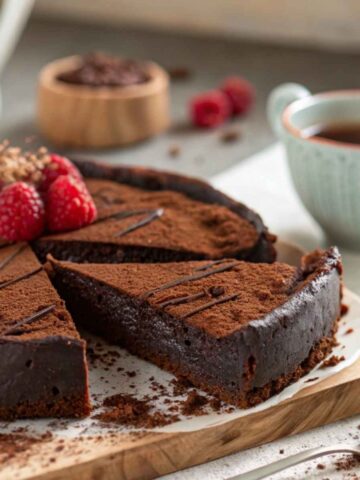
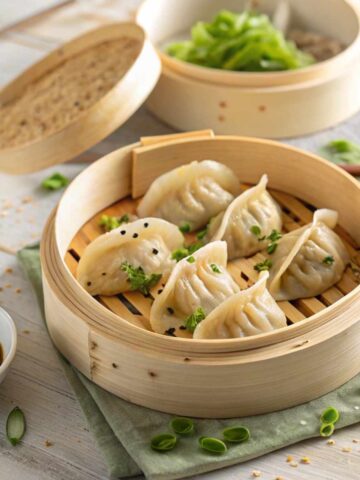
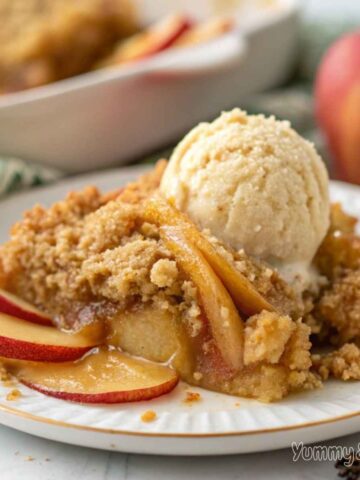
Leave a Reply